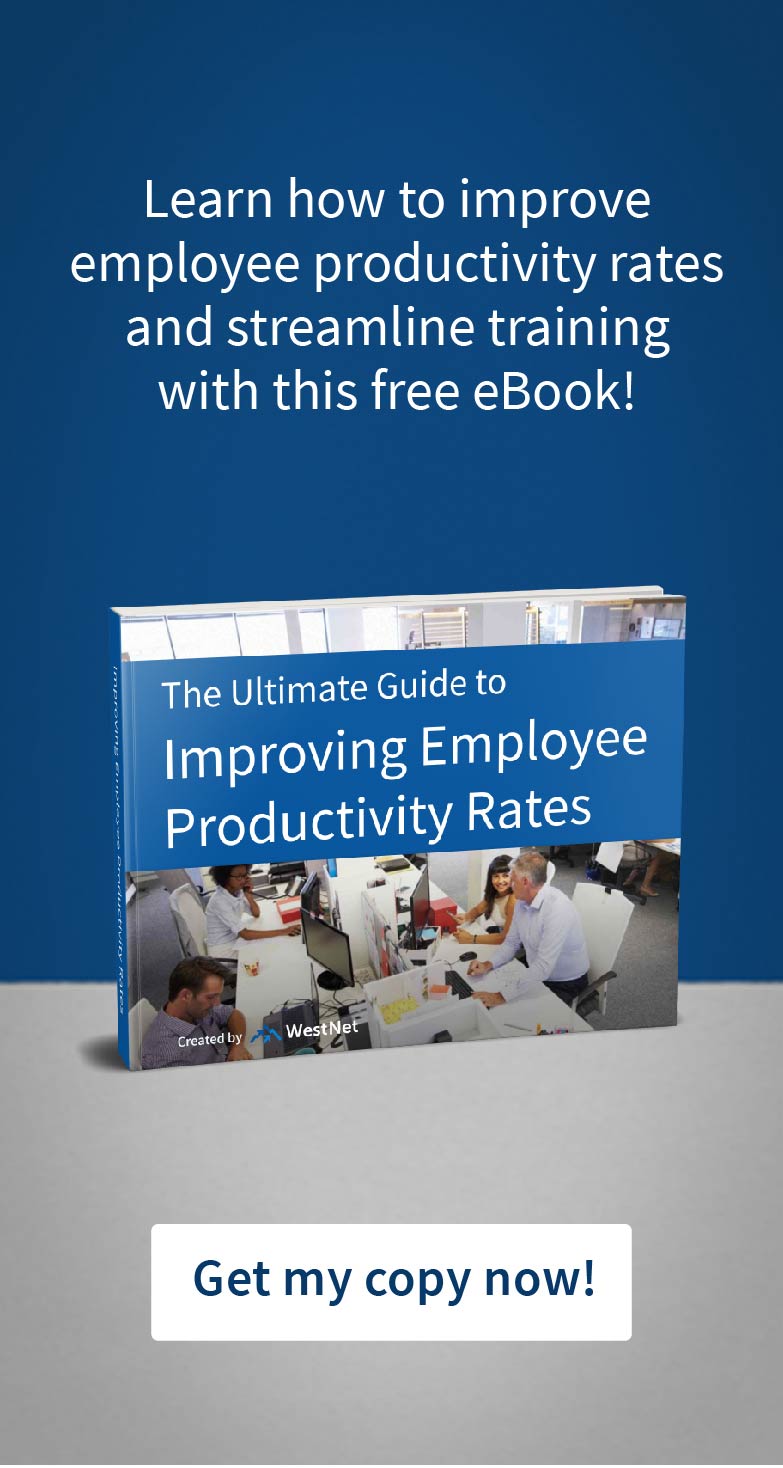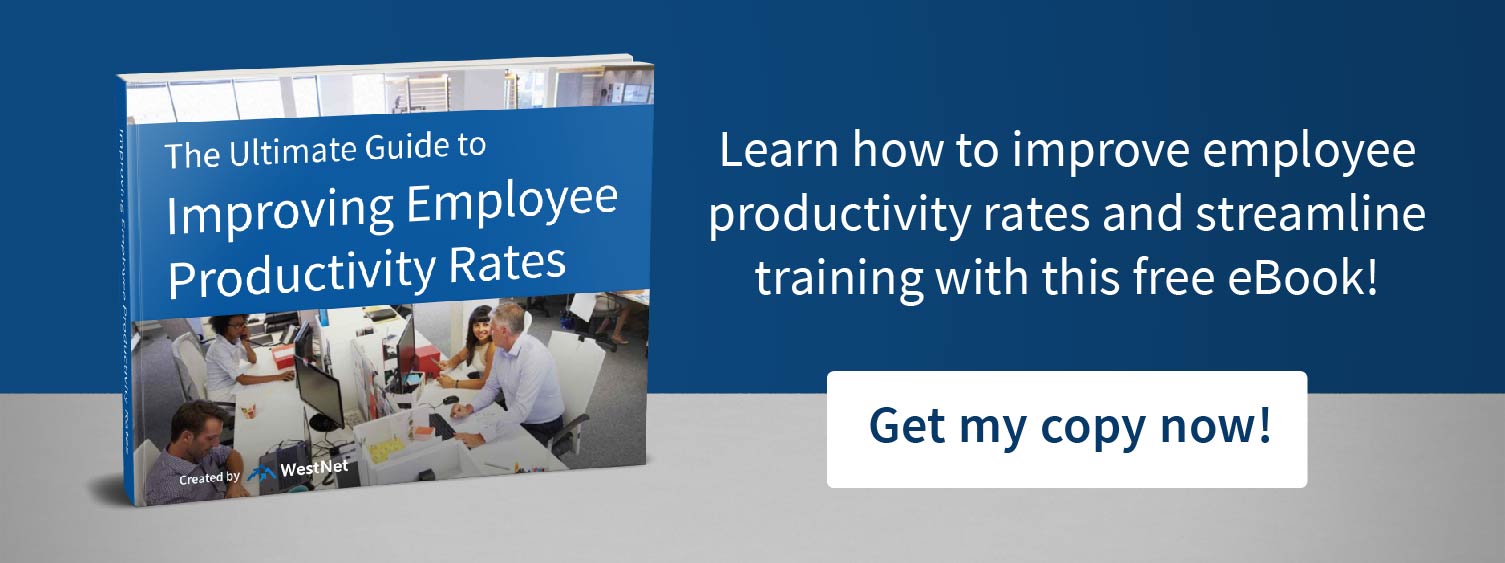It’s often been advised that employee productivity is good for business because it maximizes human resources. High levels of productivity indicate that the company is managing people processes well and will continue to do so for the foreseeable future. However, this is how things appear on the surface. There’s a lot more going on within your business then you may be aware of.
Before we dig into the topic of productivity, it’s essential to define it correctly. Organizational leaders often confuse productivity with efficiency. Employees who are working efficiently are maximizing work hours by using additional resources (like technology). Getting more done in less time is efficiency. In contrast, employees who are working productivity are doing more without more resources. They maximize their skills and work for circles around peers, but they don’t always deliver work faster. On average, about 10-15 percent of most organizations are made up of highly productive employees, but they produce the bulk of the work.
Employee productivity matters to your business
Employee productivity benefits your organization in many ways. The more productive your employees are, the more profits are generated. A study by Bain & Company indicated that the most successful companies are more than 40 percent more productive than the competition. This results in higher profits and growth — as much as 30 to 50 percent higher than other companies. It’s worth it to find ways to increase productivity based on these earnings projections. This can also elevate the reputation of the organization to increase the likelihood of landing new clients and attracting high-performance talent.
Another reason why employee productivity is important is that it can lead to more innovation from employees who are using their full ability. Imagine what the world would be like if people like Henry Ford and Alexander Graham Bell stopped pushing themselves to do their best work? Productive employees also tend to be more engaged in their jobs and the company. They go to work excited about the possibilities, and it shows in their work. A highly productive workforce enjoys learning and raising their knowledge. This benefits the organization because this knowledge is translated into better performance and business results.
Signs that employee productivity is in trouble
Are you worried that your organization may not be up to par in terms of productivity? Some signs can indicate employee productivity is in trouble. The most obvious sign is that the company is not hitting revenue goals consistently. It’s time to go back historically and find out what factors may be influencing productivity. Another symptom is when employees display poor morale, which is also demonstrated by low engagement and retention rates. These factors mean employees are unhappy, and an intervention is needed. A Gallup poll indicated that organizations with highly engaged employees outperform others by 21 percent and experience 25 percent less turnover. A company that is having trouble attracting quality candidates may fall into this area. This results in rapidly disappearing skill sets.
An organization that is suffering from low productivity may be noticing that it is losing its competitive edge in the industry. Missed or rejected projects are both signs.
Identifying problem employee productivity killers
First, determine if low performance is divisional or company-wide. This can determine what needs correcting and if it’s just a natural occurrence in a specific type of role or if the entire company needs an overhaul. Take the time to review employee exit interviews and feedback surveys to determine why people are disengaged, unhappy, or leaving the company. Talk with managers to find out if disorder or complaining is going on from employees – major productivity killers. It’s also an excellent time to find out if there is just a general lack of loyalty from employees, or if they are genuinely dissatisfied for a correctable reason.
While we mentioned poor morale earlier, there can be other signs that things are in trouble, such as excessive employee absenteeism. This can signal that some employees are carrying the bulk of the load and are feeling resentful or getting ill from being overworked. A
Cornerstone OnDemand survey revealed that 68 percent of U.S. full-time employees are dealing with work overload and 61 percent of workers think this is harmful to their productivity.
An introduction to employee productivity software
One of the ways that organizations can get a handle on productivity is by selecting employee productivity software. An employee productivity product aligns employee performance with corporate goals so that productivity is strategic and focused. This also helps to maintain and improve training and professional development, to increase knowledge and help employees work smarter.
An employee productivity software streamlines the employee experience from hire and on-boarding to their ongoing growth. This can help to create a more productive workforce earlier for a new hire. Employee productivity software can help bring people and teams together to collaborate and innovate. A McKinsey survey showed that using an employee productivity solution can reduce time wasted on searching for information by as much as 35 percent.
How employee productivity software can benefit your organization
There are multiple ways that employee productivity software can benefit your organization. A well-designed product can seamlessly and quickly help you to administer training and monitor every employee. Additionally, it’s possible to deploy training quickly for immediate interventions and compliance measures. The platform can track progress and provide proof of training completion. It is also a great way to maintain a central communication center that’s safe for internal dialogue between employees and management. A Fierce, Inc. study showed that “86 percent of employees blame a lack of collaboration or ineffective communication for workplace failures.” An employee productivity solution can connect employees in one cloud-based secure platform, which helps to eliminate these issues.
Features to look for in employee productivity software
Are you shopping around for the right employee productivity software? Look for the features that will make it useful. A customized dashboard allows administrators to manage learning content and users. Robust reporting and analytical capabilities give administrators a birds-eye view of the organization’s productivity levels. Management productivity should also be evaluated, as they have accountability for improvement when problems are determined.
From a technical standpoint, select an employee productivity software that offers easy integration with other human resource and sales productivity tools. In this way, reports can be developed to track progress, productivity, and profits. It should also include an internal communication system for team collaboration and sharing. To make it more acceptable and friendly for use, the employee productivity system should include 24/7 support and training available for users.
WestNet Learning is an all-in-one LMS solution to easily train employees, increase employee productivity, and address safety needs. Customized eCourses, analytics, reporting, and certification tracking to help manage staff and stay on top of what matters most.
If you would like to learn more about improving your employee productivity rates so that you can meet your goals as a company, feel free to reach out and schedule a 1-on-1strategy session with one of our specialists today!


